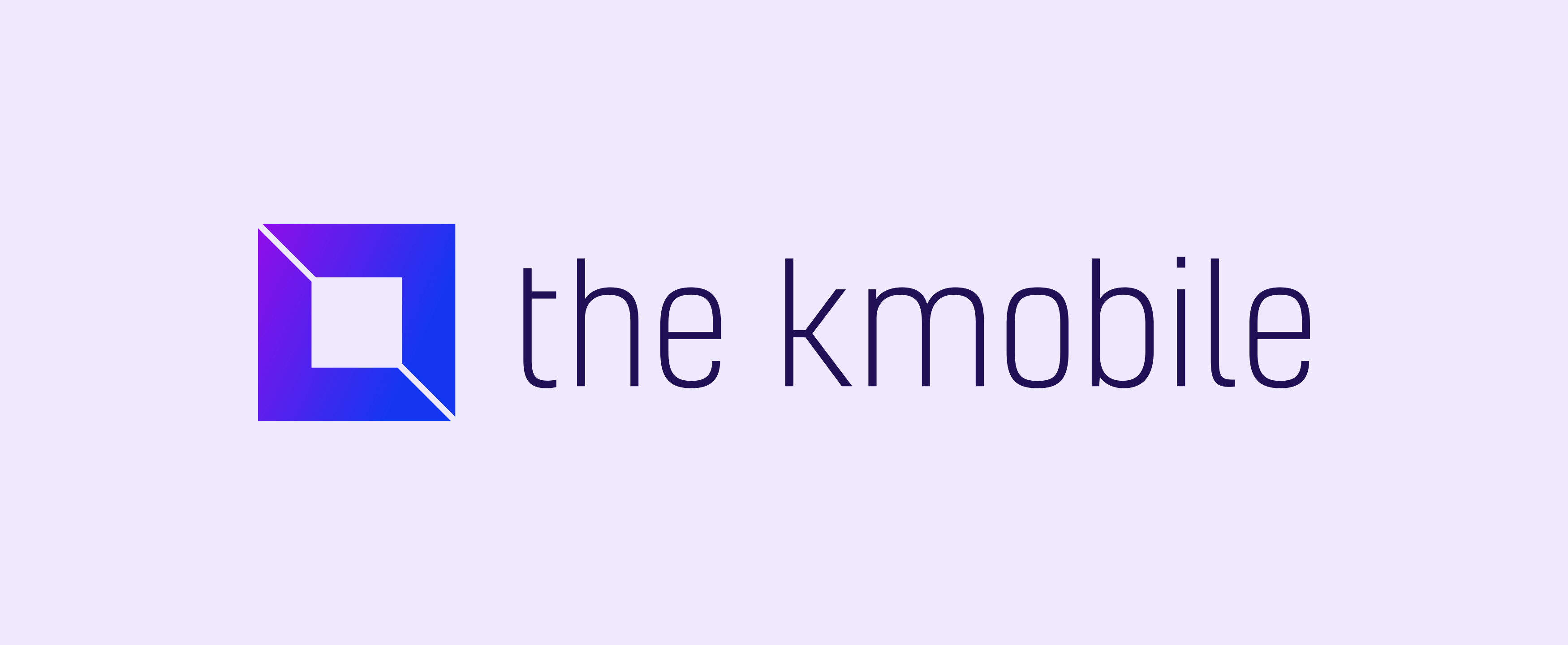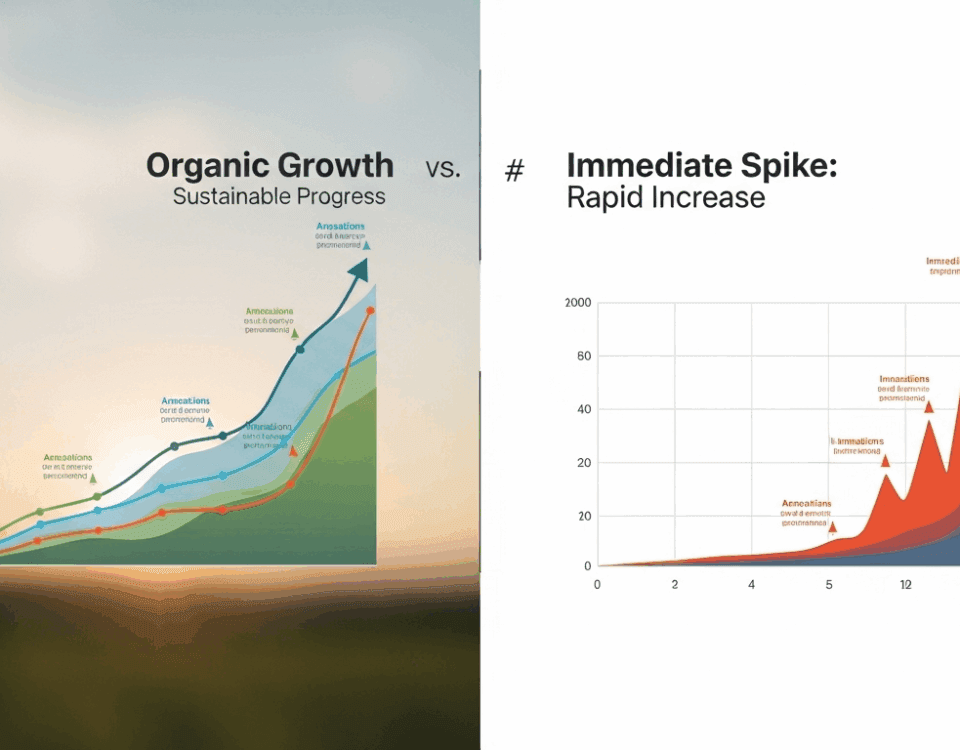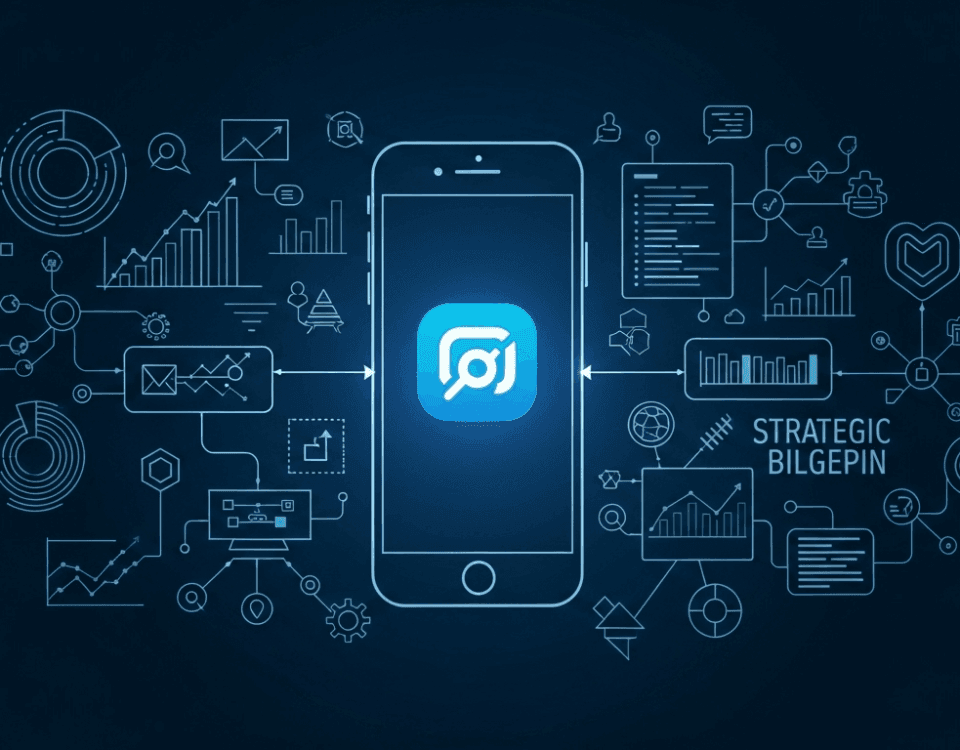
The Ultimate Guide to App Store Optimization (ASO) in 2025
July 14, 2025
The Complete Guide to App Store Optimization (ASO) in 2025: Boost Your App’s Visibility
August 7, 2025So you’ve built a great app. Now, how do you conquer the two biggest distribution platforms in the world? While it might be tempting to use a one-size-fits-all approach, the Apple App Store and Google Play Store are fundamentally different ecosystems. A winning App Store Optimization (ASO) strategy requires a nuanced understanding of how each store works, what they prioritize, and how their users behave.Ignoring these differences isn’t just a missed opportunity; it’s a surefire way to waste time and ad spend. This guide will break down the critical distinctions between the two platforms and give you actionable insights to optimize your app for maximum visibility and growth on both.
Key Takeaways
- Ecosystems Dictate Strategy: The App Store is a closed, curated garden with manual reviews, while Google Play is an open, algorithm-driven universe with automated reviews. This core difference impacts everything from keyword strategy to creative testing.
- Keywords are Handled Differently: The App Store indexes a limited set of metadata fields (Title, Subtitle, Keyword Field). Google Play’s algorithm, on the other hand, scans almost all textual content, making your long description a powerful ranking factor.
- Creatives Serve Different Purposes: While crucial on both platforms, your visual assets play unique roles. Apple emphasizes a clean, polished aesthetic, whereas Google Play allows for more flexibility and even uses video thumbnails in search results.
- Don’t Just Copy and Paste: Directly copying your metadata and creatives from one store to the other will hurt your performance. Tailor your assets and text to each store’s specific guidelines and best practices for the best results.
Ecosystems: The Walled Garden vs. The Open Frontier(App Store vs. Google Play)
The most fundamental difference between the two stores lies in their core philosophy.
Apple App Store: A Curated, Closed Ecosystem
Apple maintains tight control over its ecosystem. Think of it as a luxury walled garden where quality and consistency are paramount.
- Manual Reviews: Every single app and update is manually reviewed by a human team. This ensures a high standard but can lead to longer review times and stricter enforcement of guidelines.
- User Trust: This curated approach builds immense user trust. iOS users are generally more willing to spend money on premium apps and in-app purchases.
- Limited Flexibility: A/B testing is more constrained (you can only test creative assets through Product Page Optimization), and you have less freedom with your store listing.
Google Play Store: An Open, Algorithmic Ecosystem
Google Play operates on a more open and automated model, prioritizing reach and flexibility.
- Automated Reviews: Apps are primarily reviewed by algorithms, which means submissions and updates are much faster.
- Flexibility & Testing: Google offers robust A/B testing features (Store Listing Experiments) for nearly every element of your store page, including the short and long descriptions.
- Broader Reach: With its massive global install base, Google Play is a gateway to emerging markets and diverse user segments.
Metadata & Keyword Optimization: Two Different Algorithms
How you tell each store what your app is about is one of the most important distinctions in ASO. An effective keyword strategy for one will fail on the other.
Where Keywords Matter Most
| Metadata Field | Apple App Store | Google Play Store |
|---|---|---|
| App Title/Name | Critical. 30 characters. Highest ranking weight. | Critical. 30 characters. Highest ranking weight. |
| Subtitle/Short Desc | Critical. 30 characters. Strong ranking weight. | Critical. 80 characters. Strong ranking weight. |
| Keyword Field | Critical. 100 characters. Exists only on iOS. | Does Not Exist. |
| Long Description | Not indexed for keywords. Focus on user persuasion. | Critical. 4000 characters. Indexed for keywords. |
As the table shows:
- On the App Store, your ranking power is concentrated in three specific fields: your App Name, Subtitle, and the hidden Keyword Field. You have a very limited character count, so every word matters.
- On Google Play, the algorithm scans everything. Your Title and Short Description carry the most weight, but the Long Description is also heavily indexed. This gives you much more space to naturally weave in your keywords and demonstrate relevance. Keyword density and repetition play a significant role here, something that is irrelevant on iOS.
Here’s a diagram to help visualize the difference:
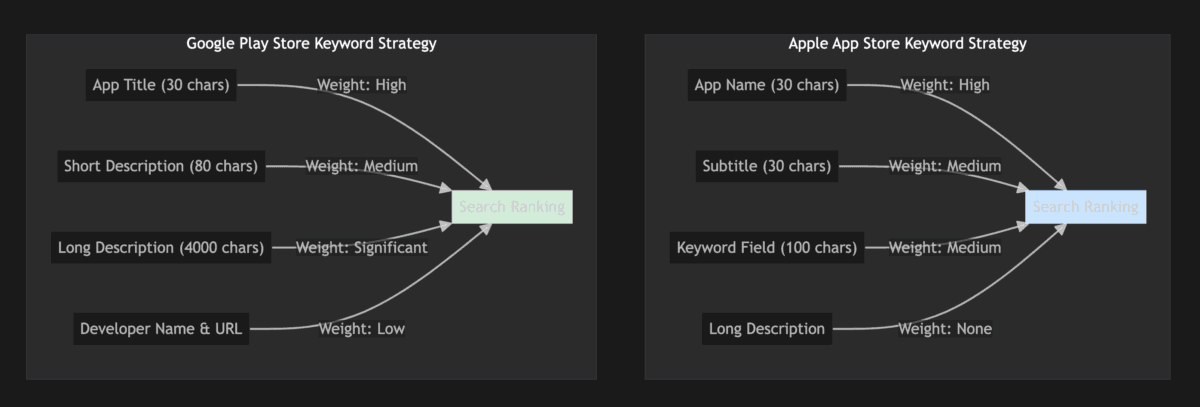
Creatives: Icons, Screenshots & Videos
Your visual assets are your digital storefront, and they need to be tailored for each platform.
App Icon
- Apple App Store: Icons cannot contain transparency and should be clean and simple, adhering to Apple’s Human Interface Guidelines.
- Google Play Store: Google allows for more creativity, including transparent backgrounds, and your icon design can be more playful. You can also A/B test your icon on Google Play to find the most effective design.
Screenshots & Preview Videos
- Apple App Store: You can upload up to 10 screenshots and up to 3 app preview videos. Videos auto-play on mute in the search results and on the product page. The focus should be on showcasing the user interface and core experience in a polished, high-quality manner.
- Google Play Store: You can upload up to 8 screenshots. You only get one “promo video” (hosted on YouTube). A key difference is that the video thumbnail appears directly in the search results, making a compelling video essential for attracting clicks. Screenshots can be more marketing-focused, often including bold taglines and benefit-oriented callouts.
Conclusion: Tailor Your Strategy for Success
A successful ASO strategy recognizes that the App Store and Google Play are not interchangeable. While the goal—driving organic downloads—is the same, the path to achieving it is different.
- For the App Store: Focus on a concise, powerful message in your limited metadata fields. Invest in high-quality, polished creatives that showcase your app’s premium user experience.
- For the Google Play Store: Leverage the ample space in your store listing to build keyword density. Continuously A/B test every element of your page—from your icon to your description—to find what converts best.
By respecting the unique rules, algorithms, and user expectations of each platform, you can craft a sophisticated ASO strategy that will put your app in a position to dominate both charts. Check this ASO tool for your App Store vs. Google Play store comparision.
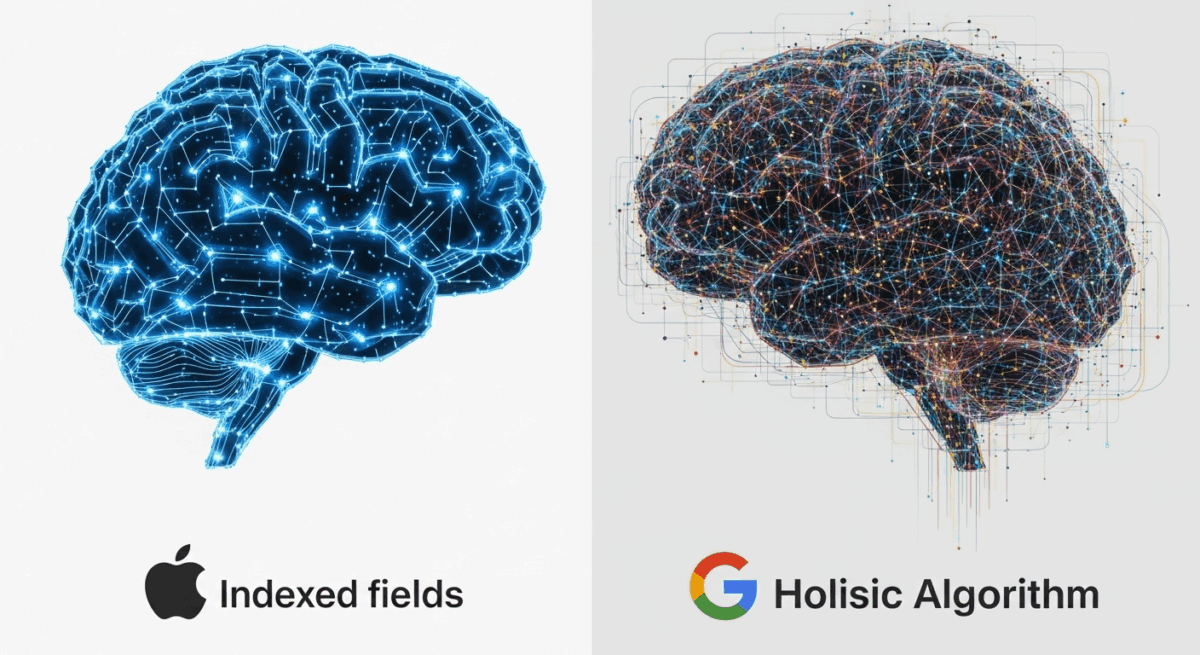
Frequently Asked Questions (FAQ)
Can I use the same keywords on both stores?
You can start with the same core keyword list, but you must prioritize them differently. For Apple, you need to be very selective for your Title, Subtitle, and Keyword Field. For Google, you have the flexibility to use a much broader set of keywords throughout your description.
Which is more important, the App Store or Google Play?
Neither. Their importance depends entirely on your target audience and business goals. The App Store typically drives more revenue per user, while Google Play offers greater reach, especially in global markets. The best strategy is to be strong on both.
How often should I update my store listing?
On Google Play, you can and should test and iterate frequently, as changes go live quickly. On the App Store, updates require a new app version submission and a manual review, so metadata changes are typically made less frequently and should be well-researched beforehand.

